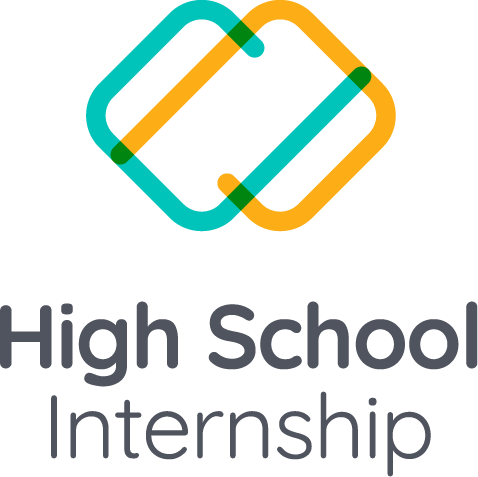If you have been around the ed-tech scene anytime in the past 10 years, you have probably encountered popular products like Lego Robotics, Scratch, App Inventor, or Pi-top. You have even seen the rise of educational makerspaces. All of these popular approaches to education have something in common. They all stem from a common root in an educational pedagogy called constructionism. If you are interested in the roots and history of constructionism, I recommend reading my three-part series on the topic.
If you have never heard of constructionism, it can best be described as a way of learning where “knowledge is not simply transmitted from teacher to student, but actively constructed by the mind of the learner. Children don’t get ideas; they make ideas. Moreover, it suggests that learners are particularly likely to make new ideas when actively engaged in making some type of external artifact, which they can reflect upon and share with others” (Kafai and Resnick 1996). In the 1960’s, Seymour Papert and his colleagues at MIT first developed and researched how constructionism can benefit children by learning to program digital turtles in the first programming language for children, Logo. This early work led to a democratic approach to education where students can lead their learning, tinker, and explore meaningful projects.
Pappert’s successor at MIT, Mitchel Resnick, is keeping constructionism alive and well today through his contribution to the 4 Ps: Projects, Passion, Peers, and Play. While rooted in constructionism, the 4 P’s continue to drive how students use Scratch and other similar tools. Constructionism has gone on to inspire many educators and school systems around the world, including us at BSD Education.
We were recently awarded a product certification from Digital Promise called the Research-Based Design Product Certification, where our pedagogy, theory of action, and methods were put under scrutiny to determine if our approach to using constructionism as a foundation for learning meets the rigor needed to help close the digital learning gap for today’s students. If you want to learn more about our pedagogical approach and methods, you can see and download our Curriculum Development Process to learn more.
Seymour Papert once said that constructionism “presents a grander vision of an educational system in which technology is used not in the form of machines for processing children, but as something the child himself will learn to manipulate, to extend, to apply to projects, thereby gaining a greater and more articulate mastery of the world, a sense of the power of applied knowledge and self-confidently realistic image of himself as an intelligent agent.”
At BSD, we take this seriously and design projects that allow students to find meaning, explore new concepts and learn to code in HTML, CSS, and JavaScript. We value the opportunity for students to learn to use real code instead of using obfuscated technologies that leave the inner workings in a black box. This empowers students to know how the daily websites, games, and apps they use work and function. If you want to see how our projects are structured, try one of our Hour of Code Featured Projects.
For more on Constructionism, watch our BSD Learn webinar over on our YouTube channel today

